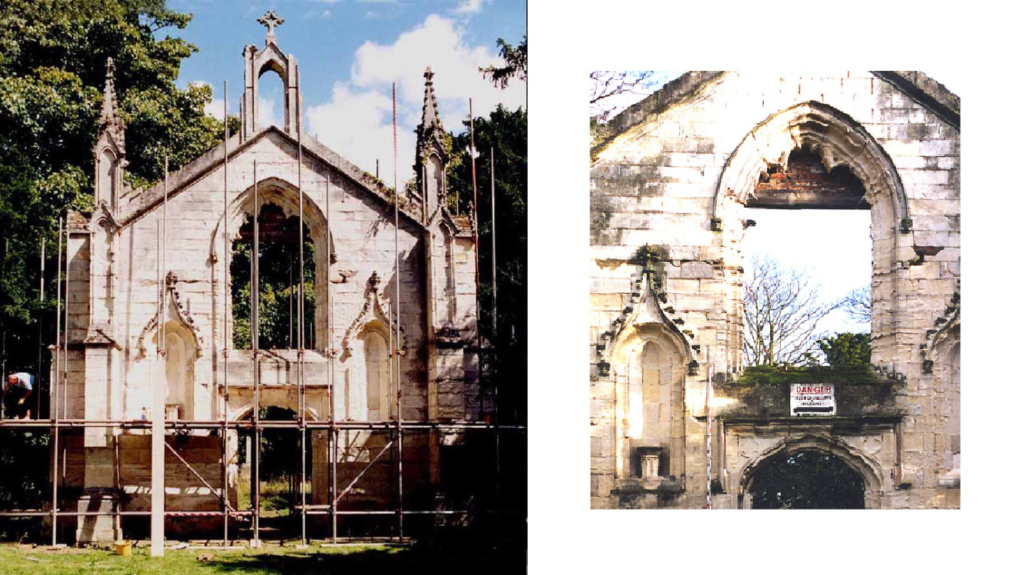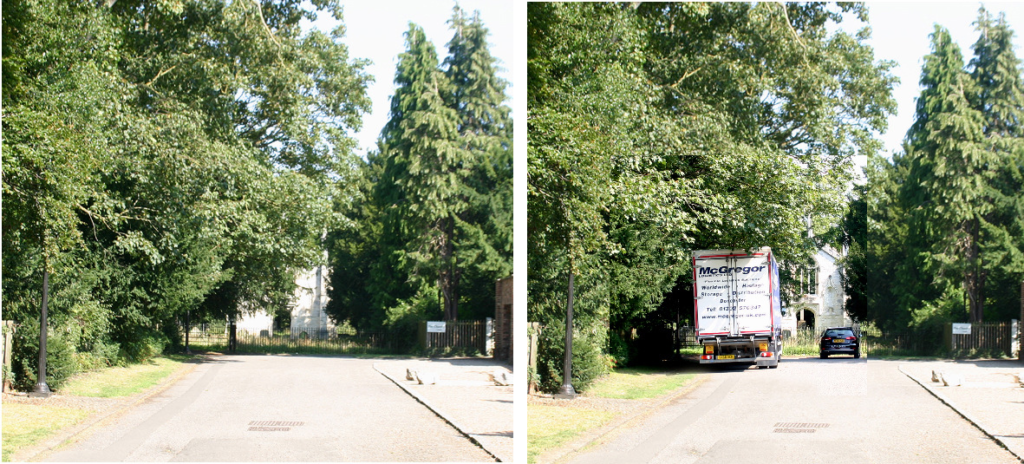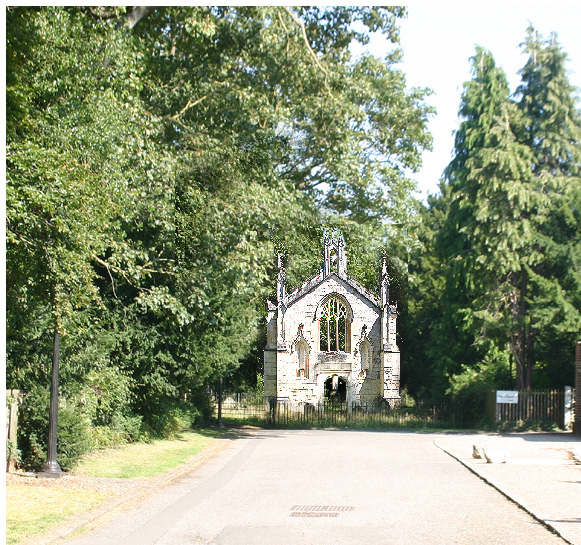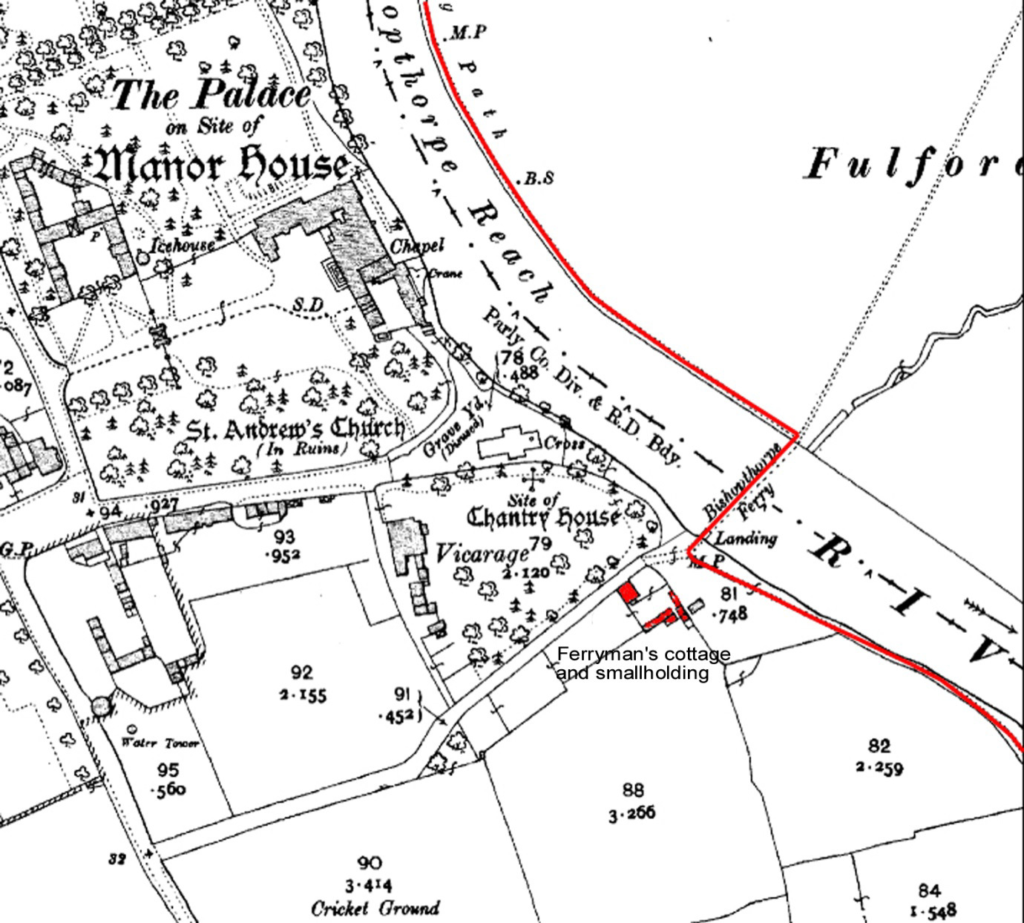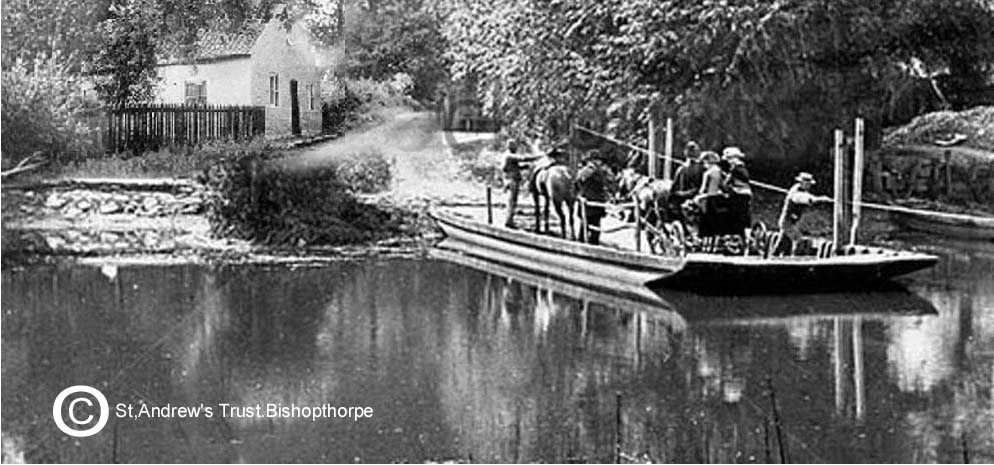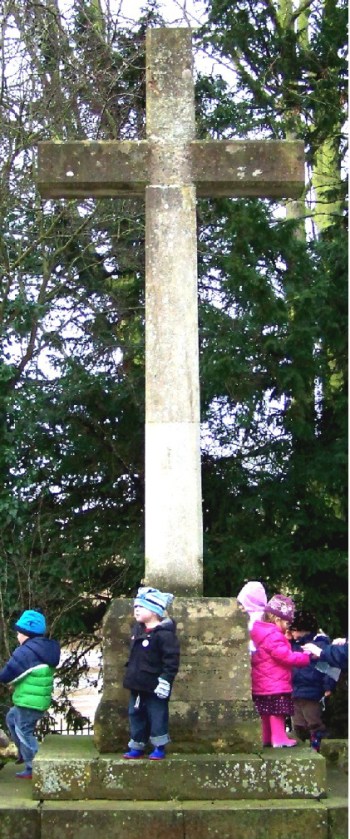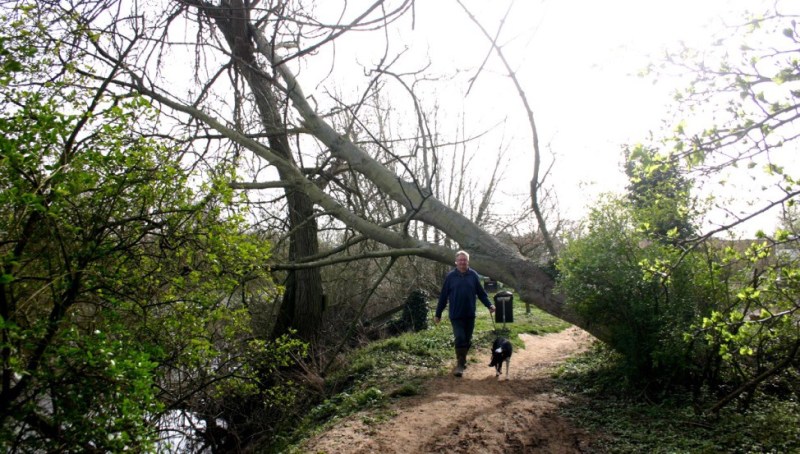St Andrews Trust exists for the protection and conservation of the historic site of St Andrews church and the surrounding grounds, so we are keen to see a working and environmentally considerate flood alleviation scheme that protects our site as well as the wider community at risk from flooding.
Our discussions with the various agencies tasked with delivering the scheme now being implemented can be viewed in the documents published on this site previously (see below), but in summary we believe the current scheme to be less effective and much more environmentally damaging than our own proposed scheme which we have tried to get considered.
We have continued to press forward with our own scheme, and have now received planning consent from the Planning Inspector on Appeal.
Details of our position on receiving this consent were sent in a letter to the Environment Agency on 20th February 2021. You can read or download this letter here:
You can read or download the Environment Agency’s response to this letter here:
The state of the relationship with the Environment Agency took a further blow with a letter directed to us concerning an alleged incident during the first phase of tree removal works. You can read or download this letter here:
Needless to say we dispute the points raised in this letter, and our reply can be read or downloaded here:
We have yet to receive any further comment on this from the Environment Agency.
Meanwhile the removal of mature healthy trees continues.
